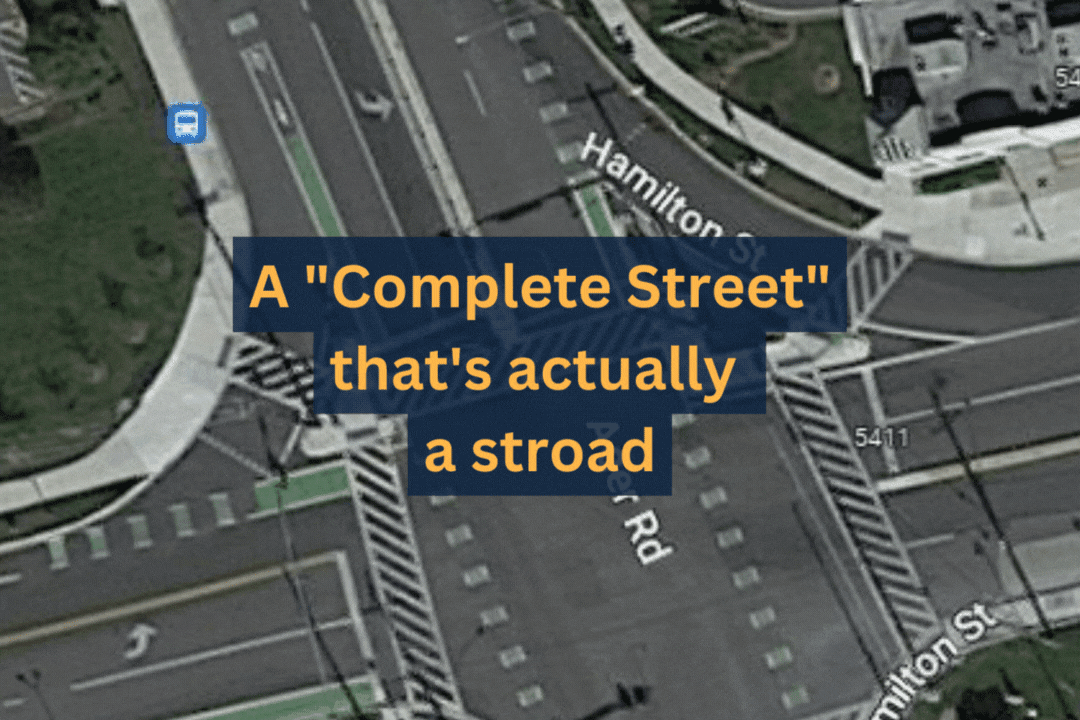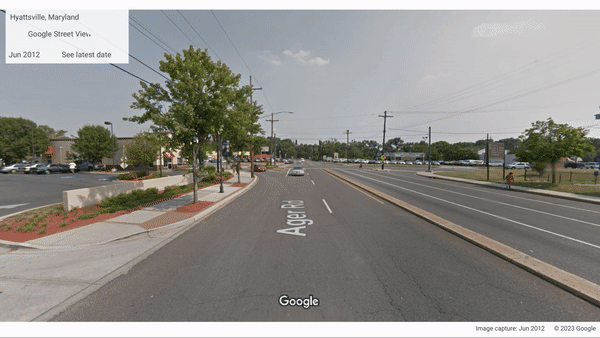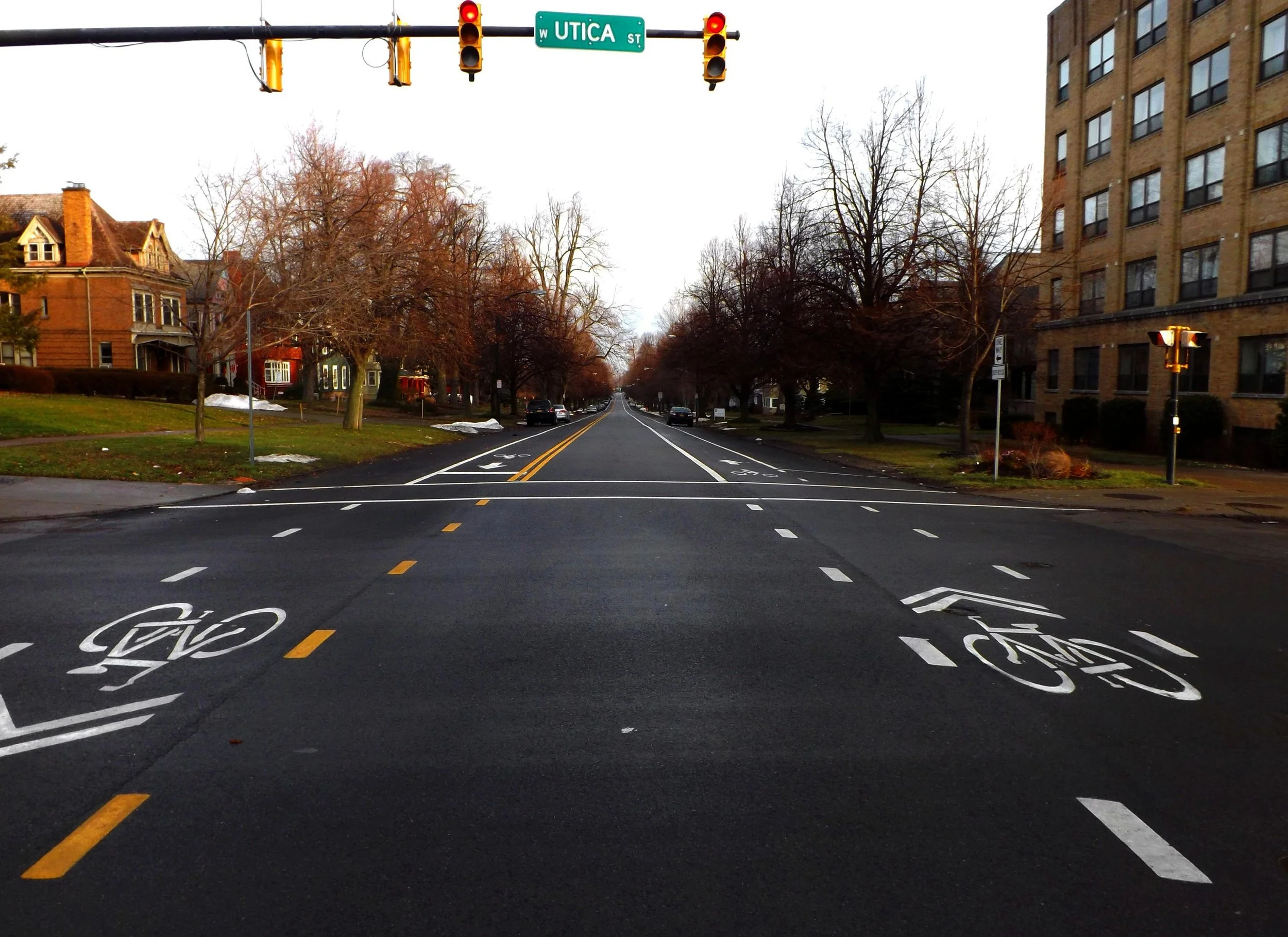Strong Towns ideas have started permeating the wider culture at an increasing rate. But even as many cities and organizations embrace the movement, others twist it to serve their own agendas. Now more than ever, the movement needs advocates who uphold the true principles of building strong towns. It needs you.
Read MoreIn recent years, Strong Towns ideas have started permeating the wider culture at an increasing rate. But even as many cities and organizations embrace the movement and create real, positive change, others twist it to serve their own agendas. Now more than ever, advocates must uphold the true principles that build strong towns.
Read MoreTax revenues are up and traffic incidents are down—is Government Street a model for future development across Baton Rouge, LA?
Read MoreAlthough hundreds of states and local governments have adopted Complete Streets policies, American streets keep getting more dangerous for walkers and cyclists. What's missing from Complete Streets policies?
Read MoreAgar Road in Hyattsville, MD, has been lauded as a successful "Complete Street." But this so-called Complete Street is, in reality, completely dangerous—and a woman has lost her life because of it.
Read MoreThrough a series of walk audits, local leaders in Peoria, IL, are not only observing the urban environment, but starting to understand how small, simple actions can profoundly shape it.
Read MoreThis “Complete Street” is really a stroad in disguise—and that’s led to some deadly consequences.
Read MoreCincinnati's new five-member pedestrian safety team is making their streets safer—all while saving the city hundreds of thousands of dollars every year!
Read MoreWhy do we see so few people with disabilities in the conceptual designs of engineers and planners? Maybe it’s because people with disabilities aren’t at the design table to begin with.
Read MoreYou don't need a Complete Street in order to have a safe street.
Read MoreThe recipe for a successful residential street is simple, timeless, and requires very little costly engineering.
Read MoreWe need to stop accommodating bikers and pedestrians within an auto-dominated environment and instead do the opposite.
Read MoreAndrew Price challenges the definition of what makes a Complete Street 'Complete.'
Read MoreStrong towns must also be inclusive towns, communities that welcome everyone. Places where people of all abilities can live, work and get around. Rights of way that are safe and accessible to folks with a range of mobility needs.
Read MoreIt's not a complete street unless it is completely safe.
Read More“I want more people living downtown. I want it more dense. But to permit the use to change fifteen years from now without public approval is not OK. I have this neighborhood where I have an expectation, and then it changes. That’s not OK.”
Read MoreOur urban areas need to be redesigned around a new set of values, one that doesn’t seek to accommodate bikers and pedestrians within an auto-dominated environment but instead does the opposite: accommodates automobiles in an environment dominated by people. It is people that create value. It is people that build wealth. It is in prioritizing their needs – whether on foot, on a bike or in a wheelchair – that we will begin to change the financial health of our cities and truly make them strong towns.
Read MoreAccommodating pedestrians is one thing. Designing for people is another.
Read More


















